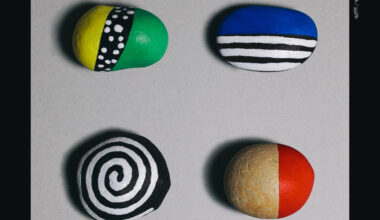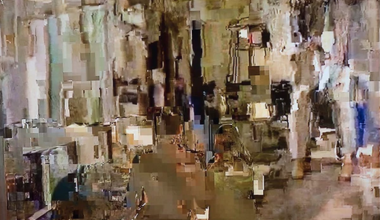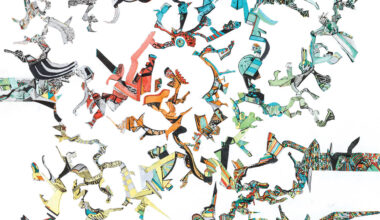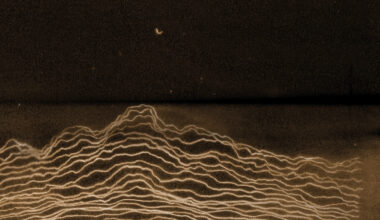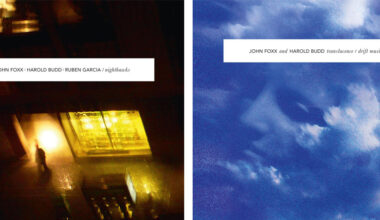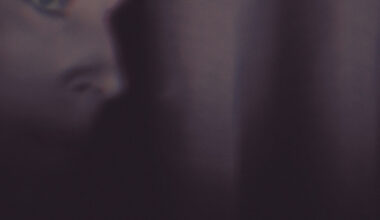Yin-yang collaboration pairs organic piano explorations with precise digitalism

With well over 1,600 works to his name, there’s scarcely a word to describe the sheer copious velocity of Hans-Joachim Roedelius’ musical output. “Prolific” hardly comes close, especially when later collaborations like this are considered. And there’s certainly never been any laurel resting or self-congratulatory nostalgia mining for the octogenarian krautrock founder – only the obvious and undiminished thrill of chasing new forms.
Following Roedelius’ recent pairings with the likes of Lloyd Cole and Air’s Jean-Benoit Dunckel, this latest outing marries instinctive neoclassical piano extemporisations with the more structured percussive digital patterns of Gotan Project’s Christoph H Müller, the seasoned and eclectically-influenced Swiss-born Parisian “world-beat” producer-composer. ‘Imagori’ focuses on audibly clear contrasts; here, buoyant and driftingly minimal, and there, tight, beat-driven and densely syncopated. In the main it’s a success, and even where the odd sequence might feel a little aimless or perhaps rather too Café Del Mar, there’s always a harmonious warmth to sustain.
After first getting together for a series of improvised Paris performances in 2012, the pair began ‘Imagori’ by reinvigorating some short piano pieces and rhythmic experiments that Roedelius unearthed from his archive. The dates for the originals haven’t been specified, but the soulful simplicity of his contributions to some of the better tracks here – ‘Time Has Come’ and the superb, cyclic ‘Origami’ in particular – carry echoes of the Cluster man’s groundbreaking mid-70s collaborations with Brian Eno, who paid a visit to Cluster/Harmonia’s rural commune in Forst, Lower Saxony, while on a break from working with Bowie on the Berlin Trilogy.
Spookily, Eno even pops up for a phoned-in spoken word cameo on ‘About Tape’, a track led by Müller’s propulsive dancefloor-oriented technoid beats and interlaced with the merest of ivory tinkles. It’s a great track and Eno’s voice is cleverly treated and made to ride with the beat by Müller’s deft production touch. But as a collaborative piece, it only just succeeds: the contrast between the sound of the two contributors here sometimes feels akin to birdsong being drowned out by the sounds of the city.
More successful is the structurally complex ‘Himmel Über Lima’. Initially drawing inspiration from an Afro-Peruvian waltz rhythm, it brilliantly wends its way through a rhythmic shift that culminates in a classically Roedelian ambient passage. But towards the end of the album, Müller’s laptop compositions meet Roedelius’ melodic improvisations less skilfully, with tracks like ‘The Question’ bringing that post-club chill-out 90s vibe perhaps too much to the fore.
On the whole, the articulation points of their two very different ambiences work well throughout much of this intriguing and confident record, revelling in both the legato and staccato, with Müller’s programmed, often downbeat elements creating framed grooves through which Roedelius’ piano keys somnambulistically glide and transform.
